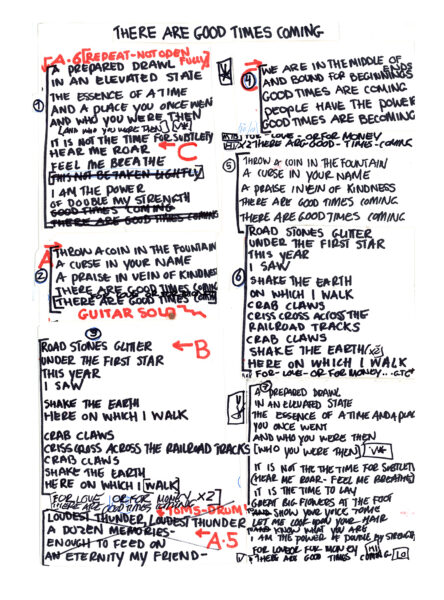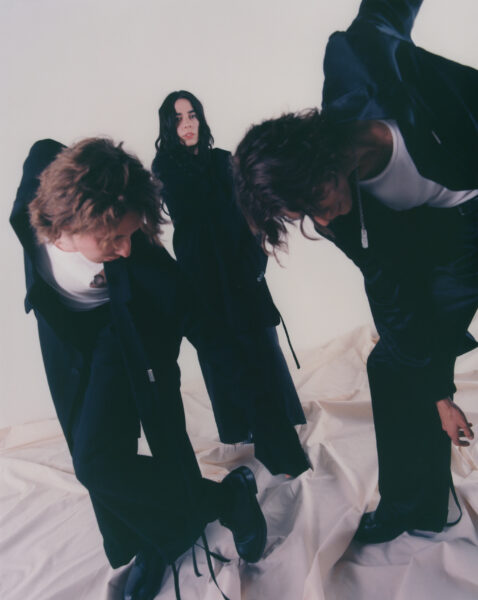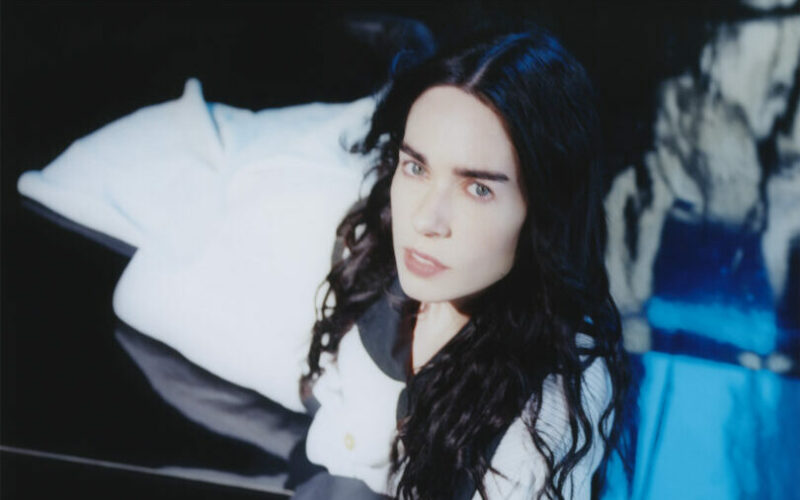Sinead O’Brien lives in contrasts. Her debut LP inhabits extremes, from the intensity of punk-driven anthems to quiet poetry recitals. Behind the piercing blue eyes of the singer hides a multi-faceted artist whose musical debut creates its own space in time. Driven by the unruly rhythm of the voice of the poet, her music is at the same time intense, but embodies a light playfulness of a singer who never lost touch with her inner child. We spoke to the artist to find out what drives her restless spirit, just to find out that, in fact, “we have seen nothing yet” of O’Brien’s creative universe in the making.
The Words Before the Music
 The record crosses the intersection of punk and poetry more than once and in unexpected modes of transportation. Most prominently guided by the vocals, the LP takes shape around poetry-slam like recitals of the lyrics. Sinead O’Brien calls the relationship between music and poetry reciprocal. “It is cyclical, blurred even. More and more I begin to hear and imagine the sound when I am in the writing phase. I am getting in tune with how my songs unfold. Or how I can unfold them.”
The record crosses the intersection of punk and poetry more than once and in unexpected modes of transportation. Most prominently guided by the vocals, the LP takes shape around poetry-slam like recitals of the lyrics. Sinead O’Brien calls the relationship between music and poetry reciprocal. “It is cyclical, blurred even. More and more I begin to hear and imagine the sound when I am in the writing phase. I am getting in tune with how my songs unfold. Or how I can unfold them.”
In the process of writing, Sinead works in a way that might seem counter-intuitive to other artists. To allow her poems to play the leading role in her music, she composes the music after the poems are finished. It is about finding the music in the rhythm of the poem. “I like the music to find a reaction to the words and to express that to get the two to spark off one another. The point is it is not just an accompaniment. I find that idea boring.”
“I bring my finished lyrics to the boys in the rehearsal room and recite in real time on top of the beginning of some improvisation.”
Handwritten

Lyrics to “There Are Good Times Coming”
While the poems of Sinead O’Brien are at times elusive and open to interpretation they are at others straight forward like Like Culture’s call to “Dance!”. The songs remind of beat poet scribbles gone gritty punk in 70s Patti Smith-like manner. Fittingly, Sinead also relies on handwriting to get her creative juices flowing. On Instagram she even shares sheets of the poetry she wrote including crossed out lines, added words, and changed verses.
“Handwriting is very important to me. I am never writing lyrics on the laptop. Allowing the time for each letter to form physically on the page while writing by hand is exactly what my mind needs to process and create fluidly in real time.”
Drawing inspiration from writers like Kae Tempest, Ocean Vuong, and the Irish novelist and poet Samuel Beckett, Sinead even features a line from one of his poems on Go Again. “Happy days snap the stem shed a tear”, she sings in homage to Sanies 1. “I sometimes read a poem, take a line from it and start writing. It takes me to new ideas. This one I found particularly bittersweet – a feeling I sit in a lot of the time. There is a sort of strange comfort in the tension you find between the emotions when things aren’t clear.” Go Again lives in that realm of ambiguity. “It is in suspension – it could be the beginning, the end, a poem, a monologue, a song. It is not defined, and I like that.”
“Layers and Layers of Images”
Going against the grain of what can be categorized, Sinead O’Brien adds a distinct visual character to her songwriting. The poems are not limited to words, they grow into music, which then finds its equivalent in imagery. “There are images, which come into my head after hearing or witnessing something I find dramatic in some way. They are invented images created in my imagination. But there are also images, which develop through the process of writing and communicate outwardly through the songs.”
The videos to the songs carry the touches of this multi-dimensional artistry. Drawing from her background in fashion as well as inspirations from cinema and visual arts, Sinead finds a distinct cinematic expression for her videos. Like in the Lynch-reminiscent video to the edgy GIRLKIND or the blurry memories of a night out on Like Culture.
Playing with Language
While there is no doubt that Sinead O’Brien is a poet, it is refreshing to hear that she approaches language with the playful curiosity of a child still. On Multitudes she sings “I must sing before the language shifts again”. Her awareness of this ever-shifting character of language also communicates in the way she bends and twists the verses of her poetry, spinning yarns and weaving words into melodies.
“I love this thought”, the singer says, referring to language as the fastest evolving and moving element of culture. “It is permanent and impermanent. Language is of-the-moment, but also infused with everything preceding it. I like to toy with my use of language by throwing in some off words every now and then.” Her love for language also shows in her way of dealing with accents. When her Irish accent does not seem to fit, Sinead likes to play with slang from other incarnations of the English language.
“Slang is great! There is so much character and individuality when you get into regional dialects. I wrote a piece the other day and for fun decided to remove all punctuation to add my own full stops and commas. Reducing and reducing, until I was left with strange syllables. It was like I imposed my own accent and tongue onto it.”
Lingering Ideas
The eagerness of the artist to experiment with the power of the vocals comes through on Multitudes probably more than any other song. She distorts the lines that give the album its title, “Time bend and break the bower”, in staggering echoes of her voice. On the last verse, the instruments fade away and let the vocals stand alone.
“Time stretch and bend the bower
In ridicules the clocks remain
Promise not to stretch the hours
Time bend and break the bower”
The lines linger before the last track Go Again closes the record in an instrumental recital of a poem. “The lines hang around in your head a bit after”, the singer says about the consciousness of the decision to let the last lines stand alone on the track. “I like that room to think at the end. You just hear the idea hanging on a cliff edge, asking you to respond. That’s the way ideas operate for me. They come, they talk, they linger and sometimes they stick.”
Irish Shores
The cliff, the sharp edges of Sinead O’Brien’s vocals feel as stony and raw as the Irish seaside of her home country. On Go Again, the artist refers to several places from her upbringing like Stoneybatter and Sandymount, which are neighborhoods of Dublin. The places from her background melt into artistic expression, finding resonance not just in the verses, but also in the stormy performance of the singer.
“These places form my background”, the Dublin-born artist explains. “They come back into my mind’s eye.” Ireland evokes imagery of the sea, the wind, and the countryside. There is a certain restlessness to places surrounded by the ocean – the proximity to the unknown calls for exploration and movement. “There is a real sense of motivation, which comes from writing in motion – on a train, on tour in the van, on a plane,” Sinead says.
Bending Time
 Time Bend and Break the Bower encapsulates that sentiment – always in motion, sometimes lingering but never coming to a full stop. The punchy instrumentation of the songs transforms the poems, which might as well be standalone pieces of art. As the words roll off the artist’s tongue in raspy timber, they don’t fall into a comfortable bed of instrumentation. Instead, they stumble onto the restless train of arrangements moving at an addictive pace.
Time Bend and Break the Bower encapsulates that sentiment – always in motion, sometimes lingering but never coming to a full stop. The punchy instrumentation of the songs transforms the poems, which might as well be standalone pieces of art. As the words roll off the artist’s tongue in raspy timber, they don’t fall into a comfortable bed of instrumentation. Instead, they stumble onto the restless train of arrangements moving at an addictive pace.
This skill of being in motion and connecting the pieces midair is something Sinead picked up when working in the fashion industry for Vivienne Westwood. “I practiced thinking abstractly about complex images, words, or concepts and their interrelation. I still do this. I’ll have the moving parts suspended in my mind and I can visually see how they connect, what is missing, and what to do next.”
Sinead O’Brien merges this analytic approach with her playful side. She toys with the rules of language, and bends them to fit the speed of her creations. Sinead O’Brien distinguishes herself as a versatile artist pushing for a new incarnation of the 70s punk poets in the 21st century.
Time Bend and Breaks the Bower is out now via Chess Club Records.



